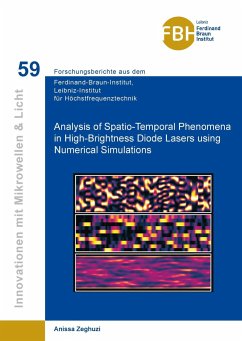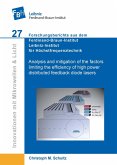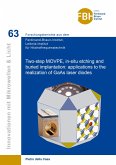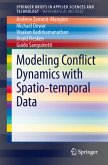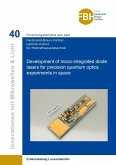Broad-area lasers are edge-emitting semiconductor lasers with a wide lateral emission aperture. This feature enables high output powers but also diminishes the lateral beam quality and results in their inherently non-stationary behavior. Research in the area is driven by application, and the main objective is to increase the brightness, which includes both output power and lateral beam quality. To understand the underlying spatio-temporal phenomena and to apply this knowledge in order to reduce costs for brightness optimization, a self-consistent simulation tool taking all essential processes into account is vital. Firstly, in this work a quasi-three-dimensional opto-electronic and thermal model is presented that describes essential qualitative characteristics of real devices well. Time-dependent traveling-wave equations are utilized to characterize the inherently non-stationary optical fields, which are coupled to dynamic rate equations for the excess carriers in the active region. This model is extended by an injection-current-density model to accurately include lateral current spreading and spatial hole burning. Furthermore, a temperature model is presented that includes short-time local heating near the active region as well as the formation of a stationary temperature profile. Secondly, the reasons of brightness degradation, i.e. the origins of power saturation and the spatially modulated field profile, are investigated. And lastly, designs that mitigate those effects limiting the lateral brightness under pulsed and continuous-wave operation are discussed. Amongst those designs a novel ¿chessboard laser¿ is presented that utilizes longitudinal-lateral gain-loss modulation and an additional phase tailoring to obtain a very low far-field divergence.

